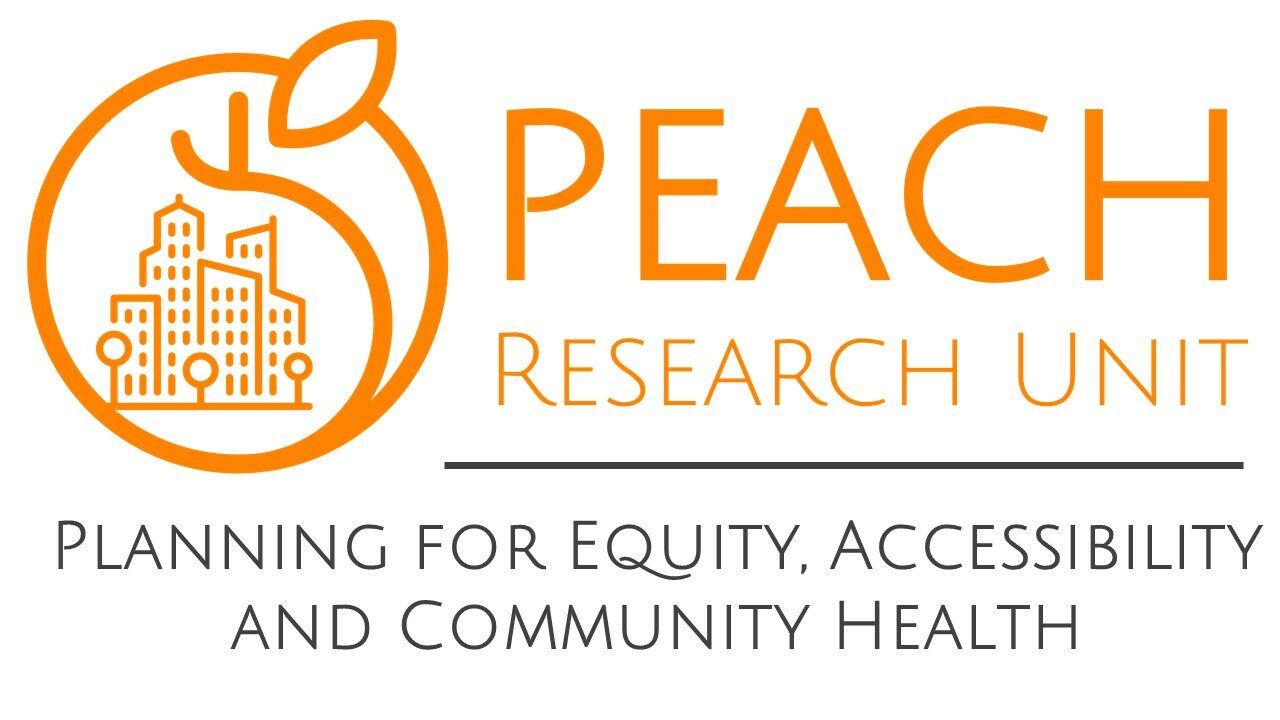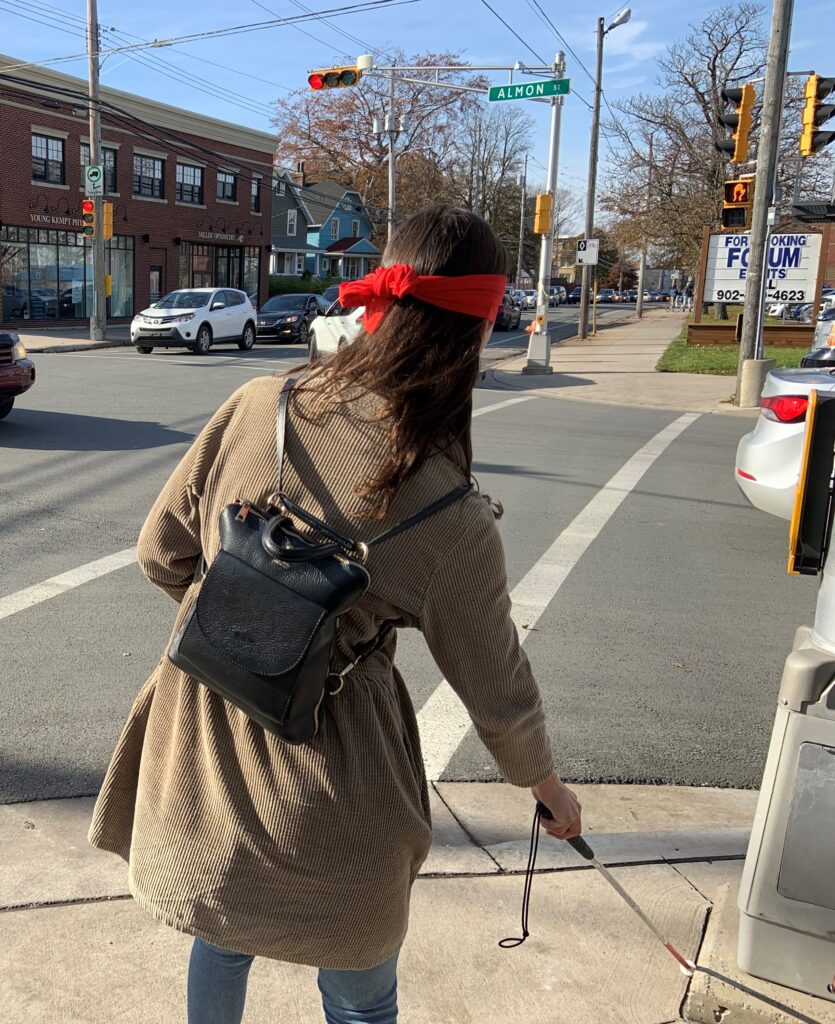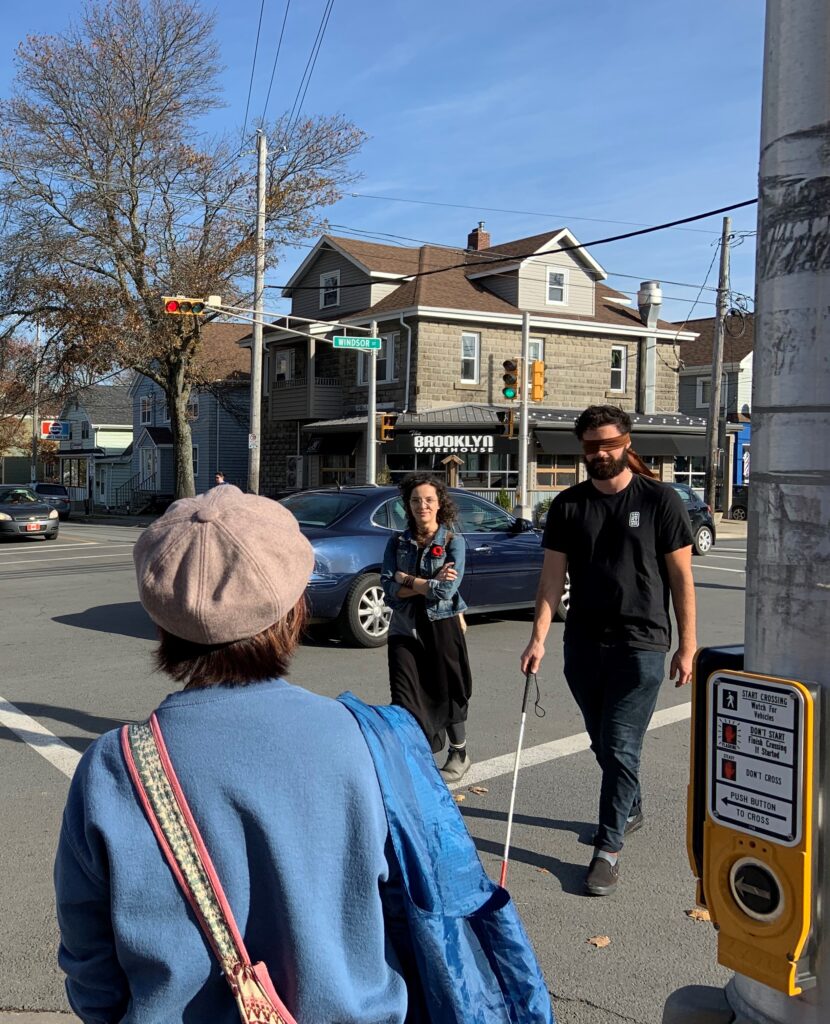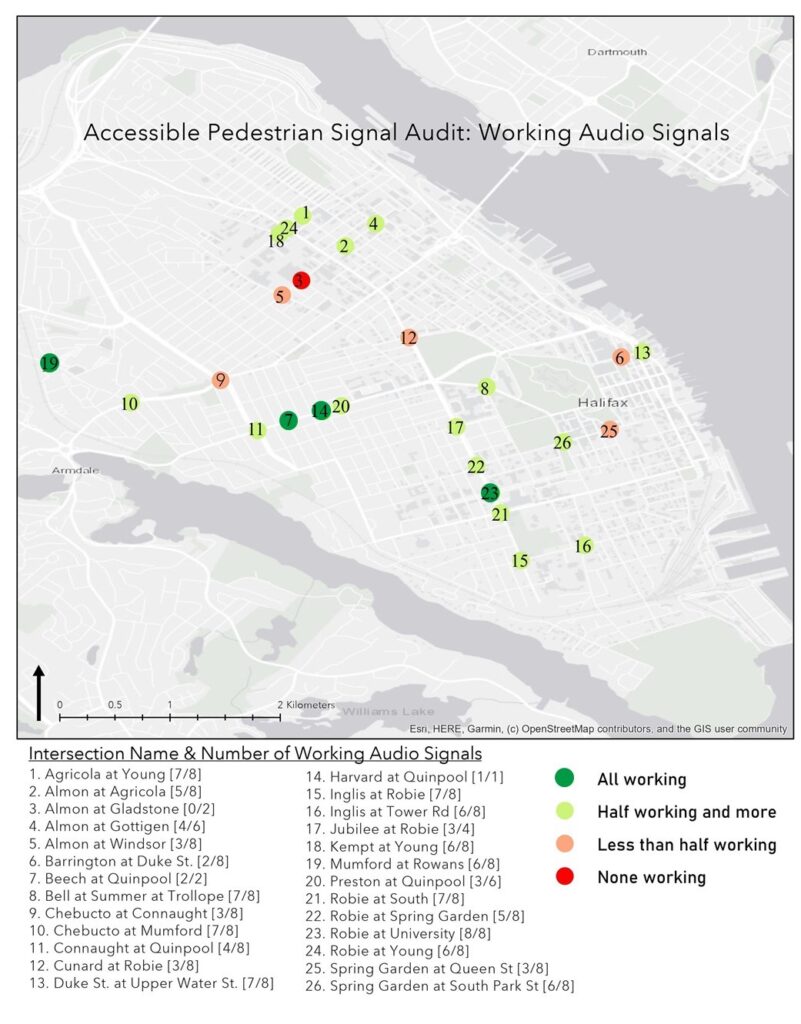Pedestrian safety is a key component of inclusive, sustainable communities. The mobility of persons between destinations and within their communities is largely impacted by the quality and composition of sidewalks, street crossings, lighting, and other street infrastructure. For persons with physical, sensory, or cognitive impairments, remaining safe as a pedestrian can be particularly challenging if appropriate safety measures are not in place.
Pedestrian crossings are high-traffic and, therefore, high-risk areas for pedestrians. In the Halifax Regional Municipality (HRM), the majority of collisions involving pedestrians occur at intersections with traffic signals 1. Currently, Transportation Association of Canada’s (TAC) guidelines recommend the use of audible, visual, and vibrotactile pedestrian signals at controlled intersections to alert pedestrians when crossing is possible 2.
Halifax Regional Municipality (HRM) has audible crossing signals installed at 84 intersections, which accounts for only 0.58% of all intersections in HRM. Some of these audible signals automatically sound to indicate when crossing is permitted (16 of 84, such as at the corner of Spring Garden Rd. and Queen St.) but the majority are button-activated by users (68 of 84). The button-activated signals utilize ‘beacon actuation’ which requires the user to press and hold the pushbutton for at least 3 seconds to activate the audible signal 3.
In the summer of 2020, a group of local accessibility advocates performed an audit of HRM’s audible crossings to assess which button-activated signals are operating as programmed and which are not. This audit found at least half of the audible signals were operational at most intersections. However, only four intersections had working audible signals for all directions of travel.
The map below illustrates the findings from this audit. The square brackets next to each intersection name indicates the number of working audible signals against the total number of legal pedestrian crossings at an intersection.
The scarcity of audible signals at crossings in HRM is concerning as they provide a key navigational cue to numerous individuals living with sensory or cognitive impairment. Without these signals, many persons will either be putting themselves at risk when crossing traffic, or they will stay home, becoming more isolated from feeling unable to travel independently. HRM has demonstrated plans to increase the number of crossings with audible signals through its Active Transportation Priorities Plan, which includes the intention to install accessible signals at 4-5 intersections per year 4.
To help illustrate the importance of these devices, members of the PEACH Research team participated in a sight-loss simulation activity led by Milena Khazanavicius, an advocate for blind and partially sighted residents of HRM. We each took turns crossing a signaled intersection blindfolded, using only a white cane and the audible crossing signal to navigate. While the experience of someone who lives with sight-loss will certainly differ from what we could experience in one afternoon, we all felt the aid of an audible signal to confirm when it was our turn to cross as pedestrians, and to assist as a directional cue to follow to the opposite corner, was hugely beneficial to an otherwise daunting experience for us.
Ensuring that more signals are installed, and that the signals are operational for users, is crucial for enabling equitable travel for numerous individuals. This audit brings to attention that we must take maintenance of these features seriously as they have a significant impact on the daily lives of community members. We must also continue to consult with persons who experience sight loss, and those with other disabilities who have daily expertise on the existing barriers to safe pedestrian travel.
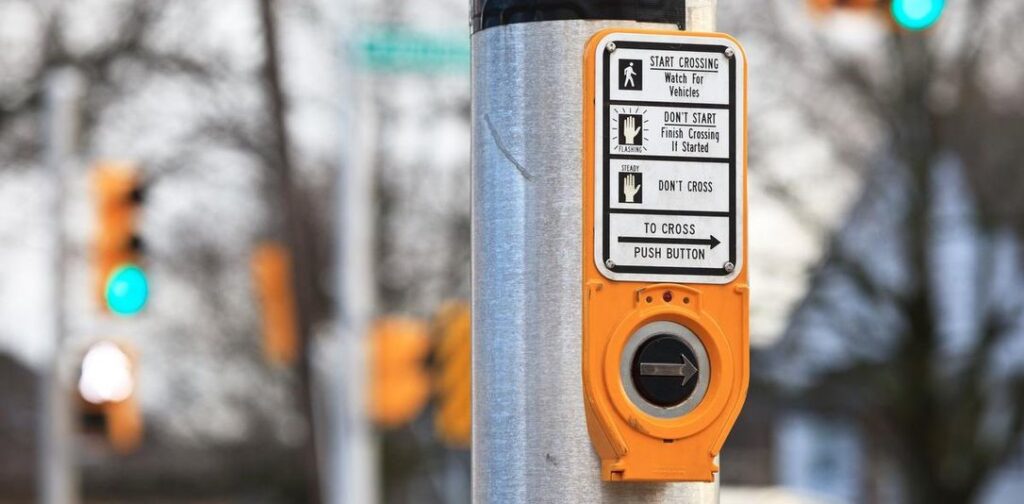
We would like to sincerely thank Milena Khazanavicius and all persons who performed the audit of audible signals in downtown Halifax for sharing these findings with us.
1.Halifax Regional Municipality. (2017, March 23). Pedestrian Safety Semi-Annual Reporting, Transportation Standing Committee. https://www.halifax.ca/sites/default/files/documents/city-hall/standing-committees/170323tsci2.pdf
2.IBI Group. (2007). The New TAC Accessible Pedestrian Signals Guidelines. Annual Conference of the Transportation Association of Canada. http://conf.tac-atc.ca/english/resourcecentre/readingroom/conference/conf2007/docs/s10/loane.pdf
3.Halifax Regional Municipality. (2020). Traffic Information for Hearing Visual Impaired. https://www.halifax.ca/transportation/streets-sidewalks/traffic-information-individuals-vision-or-hearing-impairments
4. Halifax Regional Municipality. Active Transportation. https://www.halifax.ca/transportation/transportation-projects/active-transporation
